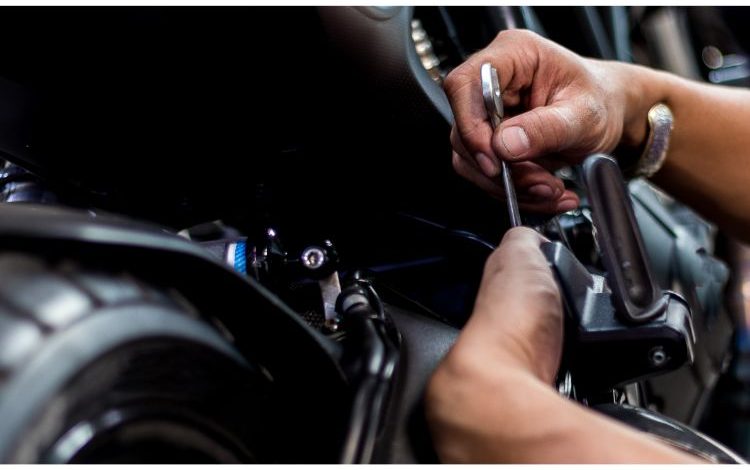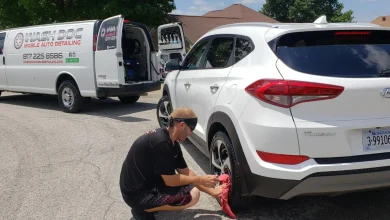Step-By-Step Guide: How To Check Your Bike’s Engine Oil Level

Maintaining your motorcycle’s performance and longevity requires regular checks of the engine oil level. Proper lubrication reduces friction, prevents wear, and avoids overheating. This guide covers two simple methods – dipstick and oil level window – ensuring you can confidently manage your bike’s engine health. Additionally, we’ll touch upon the significance of a bike insurance policy in safeguarding your two-wheeled investment.
Checking motorcycle engine oil is simple and tool-free. Use a dipstick or the oil-level window for a quick assessment.
Here How To Check Your Bike’s Engine Oil Level
Using A Dipstick:
- Park the motorcycle on the main or paddock stand, or have someone hold it.
- Start the engine and let it idle for a few minutes, then allow it to cool for 10-15 minutes.
- Remove the oil filler cap and wipe the dipstick with a cloth.
- Insert the dipstick into the oil until it touches the filler cap thread.
- Check the oil level indicated by two lines on the dipstick. The level should be between the lines. Top off if low, and remove excess if high.
Examining The Oil Level Window:
- Use a centre stand, paddock stand, or assistance stabilising the motorcycle.
- Start the engine, let it run briefly, and cool for 10-15 minutes.
- Examine the oil through the transparent window on the engine casing.
- The oil level should be between the upper and lower marks on the window. Adjust as needed.
Considerations:
- Always check the oil level when the bike is standing upright.
- Avoid checking when the engine is too cold or hot.
- Let the engine cool down before checking, and warm up by idling for a short while.
- Assess the oil’s quality by its colour and texture.
Assessing Engine Oil Health:
- A slight gold tint indicates good oil condition.
- The black colour signals the loss of lubricating properties, requiring an immediate oil change.
- The whitish appearance suggests coolant contamination, requiring prompt service.
Recommended Oil Change Interval:
- Change the engine oil every 2,500 to 3,000 kilometres for optimal performance.
- Refer to the owner’s manual for precise intervals recommended by the bike manufacturer.
Consequences Of Low Engine Oil:
- Increased friction and wear on engine parts.
- Risk of engine overheating due to reduced lubrication and inadequate heat dissipation.
- Formation of carbon deposits affecting overall engine performance.
- The worst-case scenario is engine seizure, leading to jammed components like the piston, crankshaft, and gearbox.
Regularly monitoring your bike’s engine oil level, following our step-by-step guide using a dipstick or oil-level window, is essential for optimal engine performance and longevity. Stick to recommended oil change intervals to ensure efficient operation. Moreover, recognising the broader aspects of bike ownership, such as renewing your bike insurance policy, is equally paramount. Before renewing your bike insurance policy, it’s essential to carefully assess the bike insurance premium to ensure optimal coverage for your two-wheeled companion. Claims are subject to terms and conditions set forth under the motor insurance policy. *
Bike insurance renewal ensures continuous protection for your valuable asset. It not only safeguards against unexpected mishaps but also provides financial security. Consider comparing bike insurance online to make informed decisions about coverage that suits your needs. Regular maintenance and comprehensive insurance fortify your bike’s longevity, ensuring peace of mind on the open road.
*Standard T&C Apply
Disclaimer: The content on this page is generic and shared only for informational and explanatory purposes. It is based on several secondary sources on the internet and is subject to changes. Please consult an expert before making any related decisions.
Insurance is the subject matter of solicitation. For more details on benefits, exclusions, limitations, terms, and conditions, please read the sales brochure/policy wording carefully before concluding a sale.








